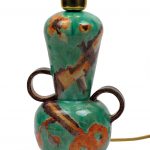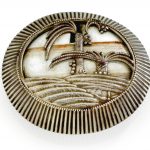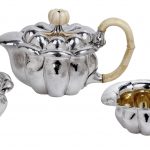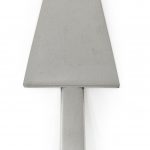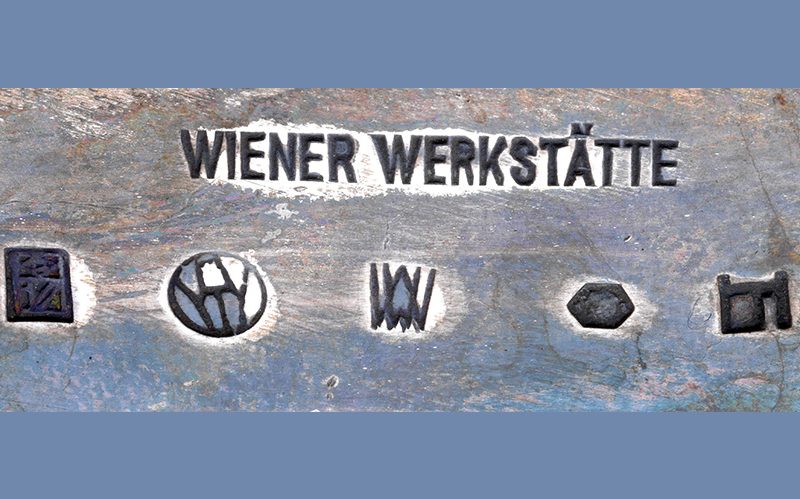
The products of the Wiener Werkstätte number among the world’s most sought-after collectors’ items. That they are a staple of Dorotheum auctions should come as no surprise; both institutions are closely linked with Austrian history. Moreover, the auction house takes pride in its traditions and has amassed valuable expertise on these pieces of Viennese history over the years.
There are plenty of works of art in the Jugendstil and 20th century arts and crafts auction on 1 December that were designed for daily use.
Handicraft in art, handicraft as art
The painter Koloman Moser, the architect Josef Hoffmann and the Viennese Bankier Fritz Waerndorfer founded the “Wiener Werkstätte Producing Cooperative of Artisans”, or Wiener Werkstätte (WW), on 19 May 1903. Moser and Hoffmann directed the artistic programme, while Waerndorfer ran the business. In addition to its Headquarters in Vienna, the WW also had branches in Zurich, New York, Berlin, Breslau, Karlsbad and Marienbad.
The WW intially held licenses for goldsmithery and silversmithery, jewellery and beltmaking, bronzing, decorative painting, and lacquering. Joinery, bookbinding, ceramics, fashion and dress-making, however, would be added to the list in years to come. The WW’s vast variety of products ranged from architecture to home decor items.
Josef Hoffmann and Koloman Moser also collaborated on large-scale projects under the aegis of the newly founded WW. The Purkersdorf Sanatorium and the Stoclet Palace in Brussels were two such projects. Both evince remarkably consistent design principles.
Big-name artists
Many of the best-known artists who were active at the turn of the century worked for the WW in designing and manufacturing positions. Among them were Carl Otto Czeschka, Otto Prutscher, Dagobert Peche, Susi Singer, Gudrun Baudisch, and Vally Wieselthier, to name just a few.
Geometric style and decor
The WW’s initial sober, geometric approach evolved into the decorative style of Czeschka and Prutscher. This, in turn, gave way to a kind of Baroque exuberance under Peche’s guidance.
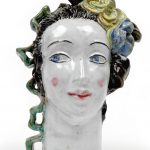
The end of the beginning
Unfortunately, the WW failed to attract a broad enough buying public. Its financial difficulties grew, and liquidation procedures began in 1932. The WW was deleted from the commercial register in 1939.
Today, objects manufactured by the Wiener Werkstätte not only rank among the world’s most precious works of art, but also garner some of the highest prices on the art market.
image above
Josef Hoffmann
Jardiniere, designed in 1910
Wiener Werkstätte
price realised € 40,000

